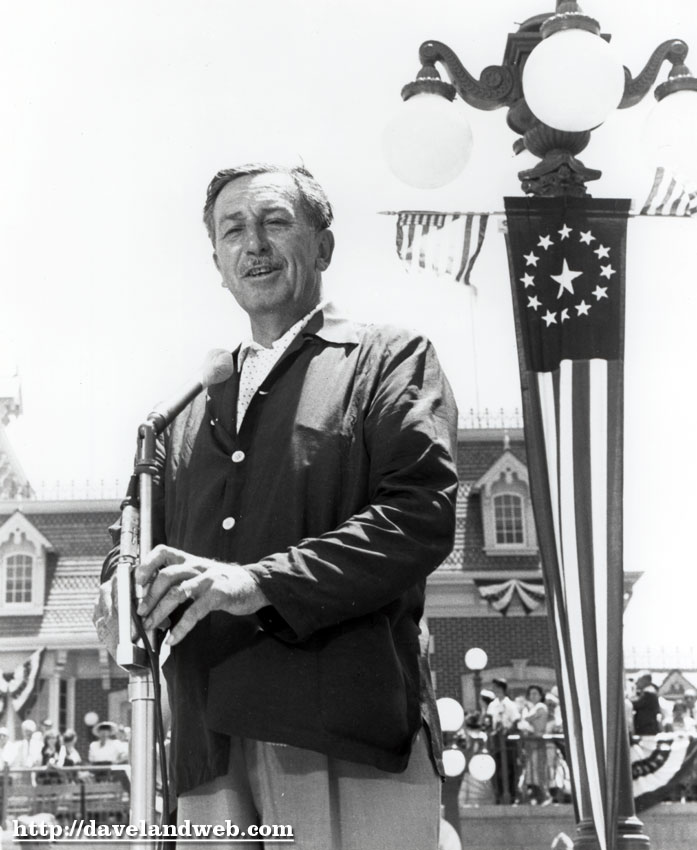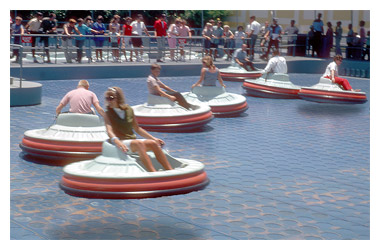I’m enjoying watching folks around the world prognosticate about the iPad, what it is and is not, how it might sell and what it means for computing. Sorry, but I can’t help but weigh in with some predictions.
My son (age 12) and I have a bet at the moment about the outcome of the NCAA basketball tournament, which I know nothing at all about: I wagered that Duke would emerge victorious (I ignored the rest of the brackets). If I am correct, he owes me $487 trillion dollars; otherwise I owe him $12. (Hey, I’m trying to teach him about Popperian philosophy.)
So, it is with the understanding that if I’m right, you, dear reader will owe me $487 trillion dollars, that I offer this humble marketplace analysis.
- iPad will be released on Saturday, April 3. That means that a ton of people are going to get to play with it over the Easter weekend. And I’m talking about peoples’ moms and aunts here. It’s been widely reported that the experience of using the device is quite seductive, and I’ve argued it’s because it activates different parts of the brain. Somewhere around 200,000 units will be sold over this coming weekend, and each one will be shown to an average of 10.6 other people, creating a latent (nagging) demand for another 21 million units.
- A bunch of old-media outlets will rejigger their offerings for the iPad and try to monetize the audience. Many already have. But this is Waterloo. Or Little Big Horn. They will sucker some folks into using the device for the “traditional” content, but sales will be disappointing. Ultimately they are going to have to radically reconsolidate their offerings and innovate in some serious ways. See below re: piracy.
- The device is going to continue to rip through the population, busting past all sales records for a general computing device. This will have nothing to do with features or even the apps (yet). This will be based on the user experience alone. Everyone who uses the thing comes away sounding like a religious convert. In the same way that the original iPod just “felt right,” Jony Ive has managed to bring meaning to a general purpose computing device like nothing ever before. The central thing Ive has done is to bring the experience of computing directly to the user, with no barriers and no “analog” devices like the mouse. People will have a visceral relationship with these devices.
- Roughly 20% of the initial batch of Wi-Fi only devices will be “handed down” to a secondary wave of users when the 3G models are introduced a month later. This will amplify the initial sales numbers, as many folks end up buying two units in the first month.
- PDF-format books and news will become the Lingua Franca. What happened to music and movies is about to happen to books. A wave of piracy will couple with a race to the bottom in content prices. Some killer app, possibly Kindle for iPad, will capture a big chunk of the market share. It doesn’t much matter how it plays out, but paper books are going to be items of “significance” and the kind of thing hipsters trade, like vinyl records.
- All desktop software will seem obsolete overnight. The obsessive attention Apple has paid to aesthetics in the built-in reader, calendar, and email apps will set the bar not only for other app developers on the iPad, but also for the iPhone and particularly the Desktop. Expect your Mac to feel particularly creaky. And Windows? It’s gonna seem steampunk compared to the twee aesthetics and colors emerging in the iPad design universe.
- WiFi is going to become even more ubiquitous and free. Businesses are going to trip over themselves to get iPad users into their establishments, as the iPad rides its way to prominence. WiFi-only iPads are going to be somewhat cooler than the 3G versions.
- Hipsters are gonna start using iPads as cell phones, using Skype and similar apps to bypass carrier relationships altogether. I’d expect the 3G-iPads to be used for voice too, marking the first significant use of the cellular network in a “data-only” mode, which will ultimately lead to the scrapping of the whole “voice/voicemail/minutes” paradigm. The first carrier to do this will have a temporary competitive advantage.
- A whole new market in mouseless/keyboardless computing will emerge. Yeah, I don’t know what it’s going to look like either. But the raw numbers (100 million by 2015) of the iPad platform will create a new kind of pop/tech culture. Expect a New York Times Sunday magazine piece; potentially in that publications’ last print issue.
- The next generation Macintosh, if there is such a thing, will be based on the iPad OS. Hard to say what this might mean, but I would not be surprised if Mac OS was phased out over a few years, or possibly converted into a server-only OS for the MacPro / X-Serve platform only.
Remember that demand is not static waiting to be filled by the possible universe of devices: if that were the case, the iPod and the Mac and the iPhone should never really have gotten any traffic. What Apple understands is that good design can change the market, and invent new markets.
And this is what the iPad will do: invent a new market. And the presence of that new market will profoundly change the dynamics of the existing (previous) market. New demand will emerge, and all kinds of new supply will emerge. The great thing about Apple, particularly Jobs and Ive, is that they know how to drive change.
And that, ultimately, is what entrepreneurship and innovation are all about. If it were just about building devices to match the demands of the existing market, the Chinese seem to do a pretty good job of that.
And I will supply my banking information, so you can wire me the money, when this all comes to pass. If I’m wrong, I’ll buy you a beer.


